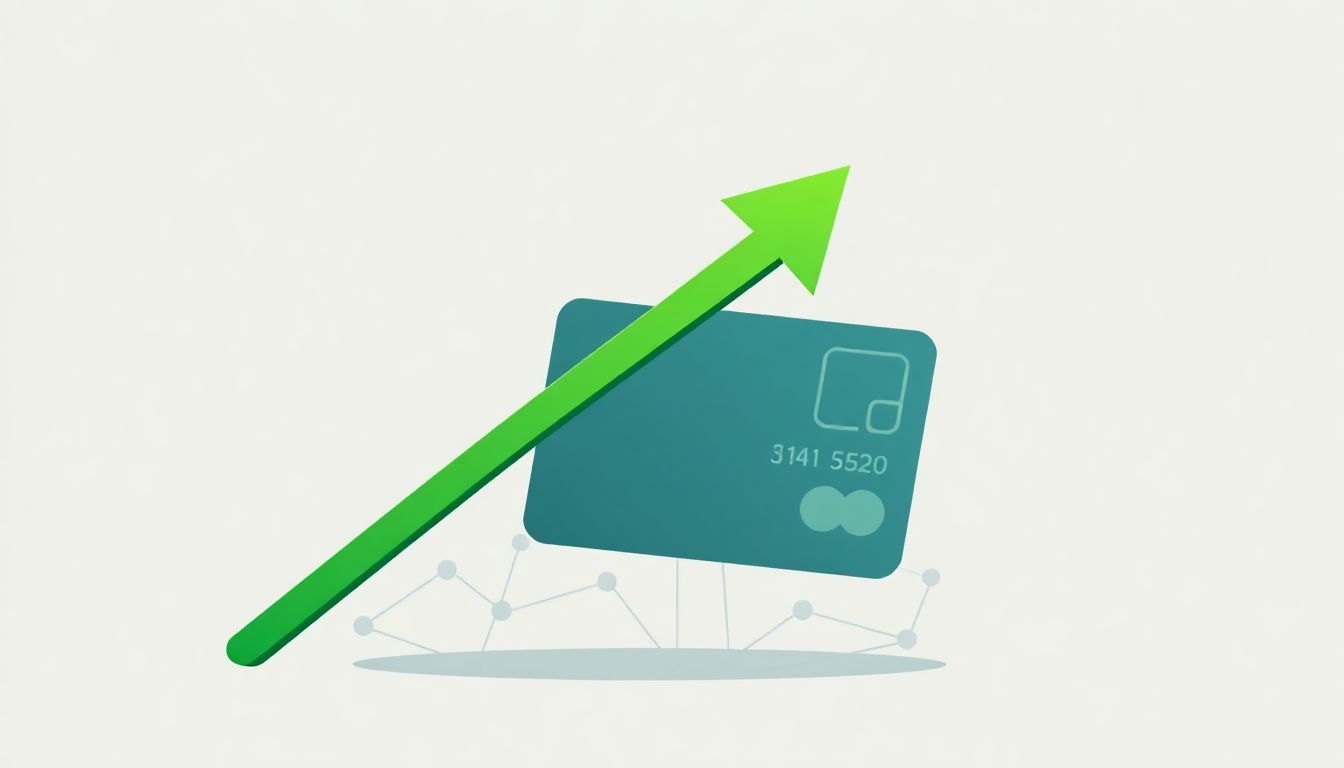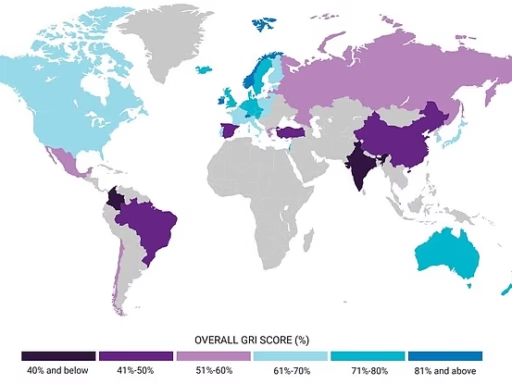
Introduction
A low credit score can make life harder. It affects your ability to secure loans, rent apartments, and sometimes even get jobs. A strong credit score signals to lenders that you manage money responsibly, opening doors to better financial opportunities and lower interest rates.
While many assume credit cards are the only way to build credit, that’s not true. There are several effective strategies to improve your credit score without taking on new revolving debt. With consistent effort, you can see meaningful progress.
Section 1: Understanding Your Credit Report
What Is a Credit Report and Why It Matters
Your credit report is a record of how you manage money. It includes debts, payment history, and accounts. Three major credit bureaus—Equifax, Experian, and TransUnion—compile these reports.
Lenders use this information to assess your risk as a borrower. Your credit score is a number derived from your report, summarizing your financial reliability.
Access and Review Your Credit Reports
You can access your credit reports for free once per year from each bureau at AnnualCreditReport.com. Reviewing your reports regularly ensures accuracy.
Identify and Dispute Errors
Mistakes on your report can hurt your score. Check for:
-
Incorrect personal information
-
Accounts that aren’t yours
-
Mistaken late payments
Dispute errors with the credit bureau and contact creditors directly. Gather evidence before filing disputes. Correcting errors is a quick way to improve your score.
Section 2: Leverage Alternative Data
Rent and Utility Payments
On-time rent and utility payments can strengthen your credit. Services like Experian Boost, RentReporters, and LevelCredit report these payments to bureaus, helping establish a positive history.
How to Report Payments
-
Ask your landlord if rent is reported directly.
-
Utilities typically report only when accounts go to collections.
-
Third-party services can verify and report your payments.
Benefits
For people with thin credit files (limited history), reporting alternative payments demonstrates reliability without traditional credit products.
Section 3: Credit-Building Loans and Secured Products
Credit-Builder Loans
These loans are designed to help build credit:
-
Borrow a small amount that the lender holds in a savings account.
-
Make regular payments reported to credit bureaus.
-
Receive the money once the loan is repaid.
This method builds positive payment history safely.
Secured Loans and Personal Lines of Credit
Secured loans require collateral, such as savings or a CD. You borrow against your collateral and make regular payments, which are reported to credit bureaus.
Comparison:
-
Credit-builder loans: Save while building credit.
-
Secured loans: Access a lump sum backed by your savings.
Both options boost credit without relying on credit cards.
Section 4: Strategic Financial Habits
Pay Bills On Time
Payment history is the largest factor in your credit score (35%). Late payments can hurt your score quickly. Use auto-pay, reminders, or calendars to ensure timely payments.
Manage Existing Debts
Handle installment loans (auto, student loans, or medical bills) carefully. Paying down balances reduces your overall debt burden and shows responsibility. Methods include:
-
Debt snowball: Pay smallest debts first.
-
Debt avalanche: Pay highest-interest debts first.
Monitor Debt Utilization
Even without credit cards, keeping balances low on installment loans reflects positively on your creditworthiness.
Section 5: Other Ways to Build Credit
Authorized User Status
Being added as an authorized user on a responsible person’s credit card can quickly boost your credit score, as their payment history may show up on your report.
Peer-to-Peer Lending
Some P2P platforms report repayment history to credit bureaus. Check before borrowing to ensure it impacts your credit.
Financial Literacy and Responsible Spending
Budgeting, saving, and smart money management form the foundation of long-term credit improvement. Avoid debt you cannot afford, and prioritize consistent financial habits.
Conclusion
Improving your credit score without a credit card is possible. Key strategies include:
-
Check and correct your credit reports.
-
Report alternative payments like rent and utilities.
-
Use credit-builder or secured loans to establish payment history.
-
Pay all bills on time and manage existing debts wisely.
-
Explore authorized user status and P2P lending responsibly.
Consistency and patience are essential. By following these steps, you can strengthen your credit score and unlock better financial opportunities—all without opening a new credit card.



16cg9j
tgjktudydqtyjuljftxfwrzfekpuyk
koomewepngoortxpeoopkgtrimhuof